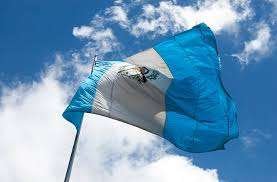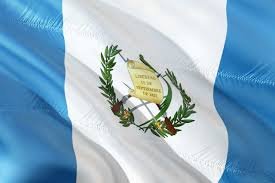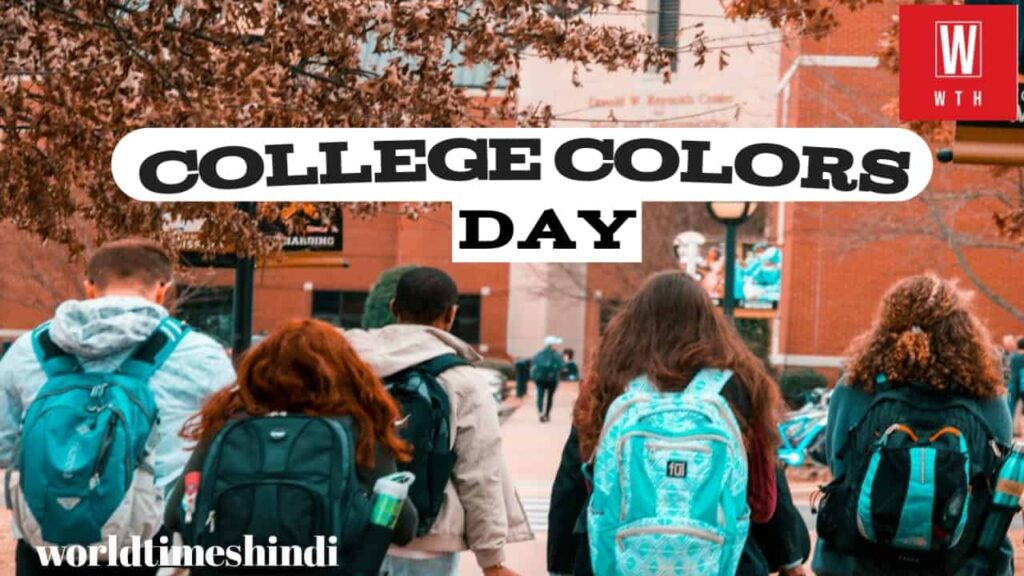Guatemala Independence Day – September 15, 2022, history, significance, quotes, FAQS
Guatemala Independence Day is celebrated on September 15 every year and is also known as Guatemala’s National Day. The day commemorates the independence of the region from Spanish rule. And while the full history of the events surrounding Guatemala’s independence is usually debated, the independence celebrations on this day are usually filled with colorful parades, concerts, and numerous civic campaigns. The local cuisines and beautiful Mayan designs on display during Guatemala Independence Day have become a major tourist attraction. The day presents the perfect opportunity to experience the full splendor of Guatemalan culture.
HISTORY OF GUATEMALA INDEPENDENCE DAY

During the time of Spanish colonization, Guatemala was a Captaincy General and a part of New Spain, which is now Mexico. At a public meeting in Guatemala City on September 15, 1821, the Captaincy General of Guatemala, which included Chiapas, Guatemala, El Salvador, Nicaragua, Costa Rica, and Honduras, officially declared its independence from Spain.
Before the Guatemalan flag was made in 1825, the country was thought to be part of the Mexican Empire. However, this freedom didn’t last long. In 1838, liberal forces from Honduras retook the country under the Federal Republic of Central America.
The next two years were full of fighting because the Liberal Party of Guatemala started to fight for independence again. Rafael Carrera, a military commander who later became the first president of Guatemala, was a major force behind this fight.
The liberals eventually started the independent state of Los Altos and moved away from the parts of the former state of Guatemala that were now run by Central America. This was met with strong opposition from the conservative government of Central America because Los Altos was seen as an important part of Guatemala’s economy.
After a few months of fighting and more pressure from other countries on Central America, Guatemala declared independence from the United Provinces of Central America on April 17, 1839. In 1844, Carrera was elected Guatemalan Governor. Guatemala’s economy started to grow, and on March 21, 1847, the country declared itself an independent republic, and Carrera became its first president.
Even though the country has had many political struggles and changes in power over the years, Guatemala Independence Day gives Guatemalans a chance to celebrate their freedom from Spanish rule and show the world different parts of Guatemalan culture.
GUATEMALA INDEPENDENCE DAY TIMELINE
1825
The Guatemalan Flag
The state of Guatemala creates its national flag.
1854
President for Life
Military commander and first president of Guatemala, Rafael Carrera, is declared the supreme and perpetual leader of Guatemala.
1871
A Liberal Revolution
A failed revolution is staged by Liberal Party members.
1996
The Guatemalan Civil War Ends
A peace accord between guerrilla fighters and the government ends a 36-year civil war.
HOW TO OBSERVE GUATEMALA INDEPENDENCE DAY
Visit Guatemala
There is not going to be a better time to travel to Guatemala. Celebrations of Guatemala’s independence are typically spectacular events during which visitors have the chance to engage in conversation with natives and gain a better understanding of Guatemalan traditions. The concerts, night parties, and fireworks all make for a very memorable experience as well.
Try a local cuisine
If you’ve visited Guatemala, you’ve probably tasted one of their exciting delicacies. The independence celebrations usually feature a wide variety of local and international cuisines prepared by professional chefs.
Explore Guatemalan content
From colorful Maya designs to children’s parades and cultural performances that tell historical tales, independence celebrations in Guatemala are usually entertaining from start to finish. Different cultural groups represent different cities and towns and showcase native designs and traditional foods.
5 FACTS ABOUT GUATEMALA THAT ARE QUITE FASCINATING
The national bird and currency are namesakes
The Guatemalan currency is named after a long-tailed bird called the ‘quetzal,’ which is also its national bird.
The country is over 20,000 years old
There is still evidence of pre-Columbian civilizations that pre-date the Spanish colonial era.
The country experienced a lengthy Civil War
A Civil War raged in Guatemala from 1960 to 1996, and its effects are still felt throughout the country today
Central America’s deepest lake is there
At 1115 feet deep, the volcano-ringed Lake Atitlan is a Guatemalan heritage and the deepest lake in Central America.
Central America’s tallest volcano is there
Guatemala is known for its spectacular landscapes with more than 30 volcanoes around the country.
WHY GUATEMALA INDEPENDENCE DAY IS IMPORTANT
Parades and processions
One of the most popular aspects of the celebrations is the parade of beautifully dressed children that often takes place in the main square of each town or city. Representing different regions of Guatemala, the children march in colorful costumes and perform traditional dances.
Cultural performances
Many local communities also put on cultural performances to commemorate Guatemala’s independence. These can include dances and music performances as well as displays of traditional Maya dresses and crafts.
Fireworks displays
Fireworks displays are a common sight during independence celebrations in Guatemala, with each town or city staging its show. The displays are typically set off from prominent locations such as churches or town squares and can last for hours.
GUATEMALA INDEPENDENCE DAY FAQS
How did Guatemala get its independence?
The Guatemalan colonists noticed Mexico’s newfound stability under ruler Agustín de Iturbide and agreed to annex their region to Mexico. However, with Iturbide’s fall in 1823, Guatemala gathered its chance to declare total independence.
Who defeated the Mayans in Guatemala?
Facing the incredible Mayan resistance, the Spanish Empire took almost two centuries to defeat them. It finally came with the initial efforts of Conqueror Pedro de Alvarado.
Did Guatemala used to be part of Mexico?
After winning its independence from Spain in 1821, Guatemala briefly became part of Mexico and later a member of the United Provinces of Central America.



